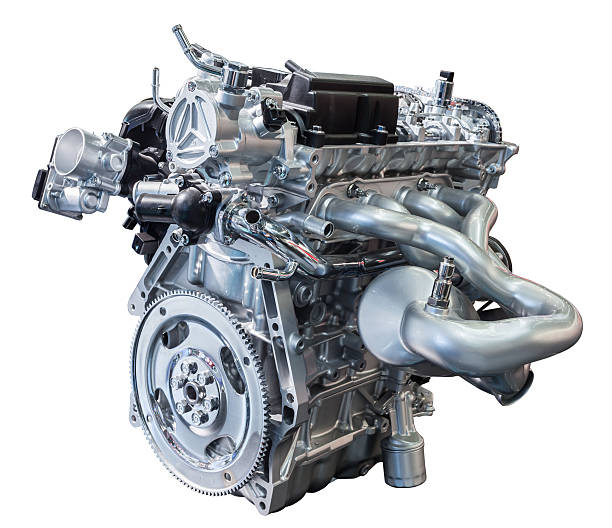Sonic Tribalism: The Rise of Niche Music Subcultures
In an era of algorithmic recommendations and streaming dominance, a counterculture is emerging. Music lovers are carving out hyper-specific niches, forming tight-knit communities around obscure genres and forgotten sounds. This sonic tribalism is reshaping how we consume, create, and connect through music.

This fragmentation began in the early 2000s with the rise of music blogs and file-sharing. Suddenly, listeners had access to vast archives of rare recordings and could easily share their discoveries. As streaming took hold, the floodgates truly opened. Today, a teenager in Tokyo can bond with a retiree in Rio over their shared love of 1960s Cambodian psych-rock.
Beyond Genre: The Hyper-Niche Revolution
Modern music tribes go far beyond traditional genre boundaries. Fans rally around hyper-specific aesthetics, eras, or even production techniques. Examples include:
Vaporwave: A microgenre blending 80s muzak, chopped-and-screwed techniques, and internet culture aesthetics.
Witch House: Dark electronic music incorporating occult imagery and indecipherable song titles.
Dungeon Synth: Lo-fi fantasy-inspired ambient often created by black metal musicians.
Lowercase: Experimental music focused on amplified small sounds, like paper crumpling or ants walking.
These niche communities often develop their own visual aesthetics, slang, and cultural references. For many participants, these subcultures become a core part of their identity and social life.
The Psychology of Musical Tribalism
Why are listeners drawn to such specific niches? Psychologists point to several factors:
Identity formation: In an increasingly fragmented world, niche interests help people define themselves and find like-minded communities.
Cultural capital: Knowledge of obscure music can serve as a form of social currency, allowing fans to differentiate themselves.
Nostalgia and escapism: Many microgenres romanticize specific eras or aesthetics, offering an emotional refuge from modern life.
Neurodiversity connection: Some researchers suggest that hyper-specific interests may resonate particularly with neurodivergent individuals.
For many, these niche communities fill a vital social need in an age of increasing isolation and political polarization.
The Influence on Music Creation and Industry
Sonic tribalism is reshaping how music is made and marketed. Artists no longer need mass appeal to build sustainable careers. Instead, they can cultivate devoted niche followings through platforms like Bandcamp and Patreon.
This has led to an explosion of musical experimentation. Creators feel empowered to pursue unconventional sounds, knowing there’s likely an audience somewhere. The result is a staggering diversity of new music being produced.
Major labels and streaming services are taking notice. Some are creating specialized sub-labels or playlists to cater to niche tastes. However, many scene participants reject mainstream involvement, viewing it as inauthentic.
Critiques and Concerns
While celebrated by many, the rise of sonic tribalism has its critics. Some worry about further social fragmentation and echo chambers. Others argue it can lead to musical elitism and gatekeeping.
There are also concerns about cultural appropriation as Western listeners dive into global sounds without proper context. Additionally, the environmental impact of producing physical media (like limited-edition cassettes) for tiny audiences has been questioned.
Balancing these concerns with the positive aspects of musical micro-communities remains an ongoing challenge.
The Future of Sonic Tribalism
As technology evolves, so too will niche music cultures. Virtual and augmented reality may allow for more immersive shared experiences among far-flung fans. AI-generated music could spawn entirely new microgenres.
However, some predict a pendulum swing back toward musical universality. As niche subcultures proliferate, the appeal of shared cultural touchstones may grow.
Regardless of how it develops, sonic tribalism has already left an indelible mark on modern music culture. It represents a powerful example of how digital technology can simultaneously fragment and connect us, reshaping our cultural landscape in profound and unexpected ways.




